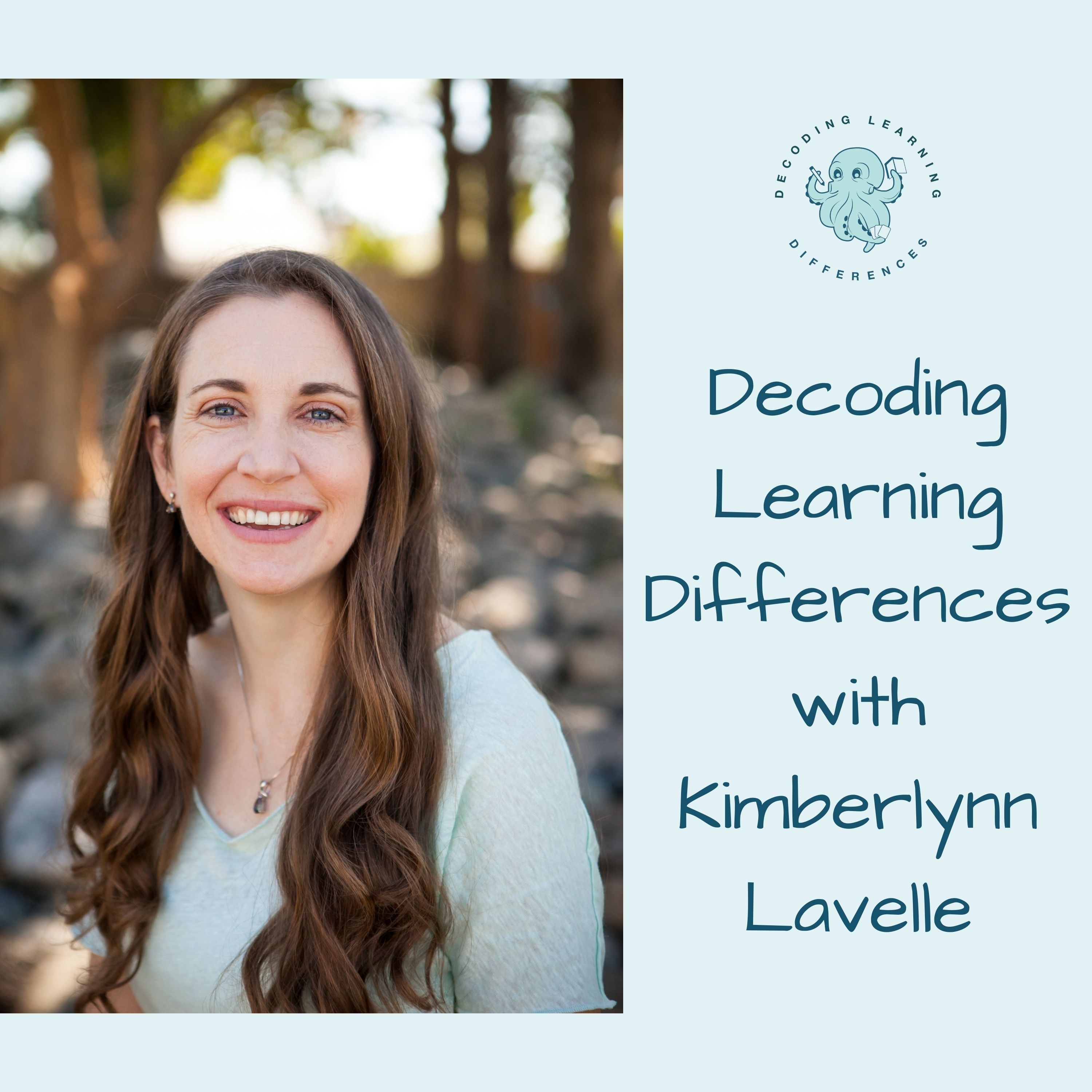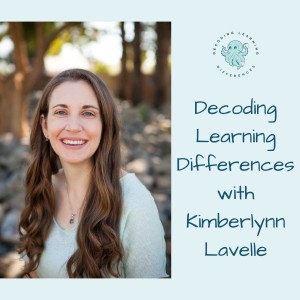

I teach parents how to educate their own children (especially those with struggling learners) so that they can successfully and peacefully homeschool or provide supplemental education at home. This podcast will discuss: - various learning disabilities and challenges, including: ADHD, dyslexia, autism, processing disorders, and so much more! - how all people learn - different learning styles - strategies for supporting specific learning challenges - how to apply these learning strategies at home - stories from homeschooling parents -interviews from other experts
Episodes

Monday Mar 28, 2022
Addition Strategies Across Grade Levels
Monday Mar 28, 2022
Monday Mar 28, 2022
Addition is such a common math skill and yet, you may have found yourself wondering HOW to teach it!
To begin with, kids need a few “pre-adding skills”, skills that they must be comfortable with before they can successfully learn to add. They must be able to count, they must recognize numbers and the plus and equals symbols, and they must have 1:1 correspondence.
All math skills should be taught first with concrete exploration, then pictorial representation, and finally with abstract practice (such as standard algorithms).
Early Addition (K - 1st)
Addition starts with just adding small numbers within 5, then within 10, within 20, and within 100. Each step takes on a new level of difficulty for a child. Some progress quickly but others need time to work through each new challenge.
Rushing kids through any level is likely to cause difficulty later on.
When introducing addition to your child for the first time, be sure to have lots of practice with physical objects. To start with, your child will just be exposed to conversations about addition. “You have two carrots. If I give you two more, you’ll have 4!”
When the concept of adding objects is solid, they can be presented with pictures and discuss the addition represented by those pictures.
Finally, the algorithm can be presented. In the course of all of these (concrete, pictorial, and abstract), stories about the numbers should be used. This helps to make the connection between numbers/addition and story problems, helping to prevent difficulty with “word problems” later on.
Before moving into double-digit addition, addition of multiple addends should be introduced (5 + 4 + 3 + 2).
Multiple-digit Addition (2nd - 4th)
Once kids are adding single digit numbers to double-digit numbers with confidence, they’ll move into adding 2 two-digit numbers, first without regrouping (also called carrying), and then with regrouping (carrying).
Again, we want to introduce this concept with concrete and pictorial before jumping to the abstract with just numbers and symbols. The tendency to rush kids through these skills can lead to kids knowing tricks and performing the addition task without truly understanding how the numbers are working, which can cause difficulty later.
I highly encourage the use of base ten blocks, or the Montessori “Golden Beads” to support the understanding of place value with addition. A 100s Number Table is also beneficial in moving from concrete through to abstract (and in supporting abstract).
Decimal Addition
After children have mastered adding multiple-digit numbers with regrouping, they can start to add decimal numbers. First, they’ll add numbers that have the same number of decimal places. (3.56 + 4.12) But then they’ll start to have numbers with different numbers of decimals places. (3.56 + 2.3)
To be successful at this level, kids need to have a strong understanding of place value and exactly what decimal places are representing. Many kids will think that 2.567 is a larger value than 35.3, for example.
One way to support this understanding of place value is to use those same base ten blocks as before, or something similar, perhaps using a different color for decimals, to avoid some confusion.
Once at the abstract stage, I would suggest setting the problems up horizontally so that the child has to then “stack” the problem accurately, understanding how it must line up.
Fraction Addition
Around the same time, and possibly prior to, decimal addition, children will often be taught fraction addition. First, the numbers will have the same denominator. Working with fraction tiles, legos, or evenly sliced foods (such as pie) are all helpful concrete representations of what a fraction is and how it works.
And it is critical for kids to truly understand what numerators and denominators represent before attempting to manipulate fractions by adding them.
When moving from concrete and pictorial to abstract in this step, I often encourage kids to think of the denominator as “apples” to help them remember not to add the denominators! Instead of ⅜ + 2/8 they might say, “3 apples plus 2 apples”. This can help them to remember that denominators are the name of the size of the object, not a number to be manipulated during addition. Side warning: never teach multiplication and division of fractions at the same time as addition and subtraction. The different rules can be very confusing to keep straight!
Once adding small fractions of the same denominator are solid, you’ll add in adding fractions more than 1, and learning how to turn an “improper fraction” (also called “a fraction greater than 1”) into a “mixed number”.
Then kids will add different denominators, first less than 1, and then more than 1, and mixed numbers together.
Again, having something physical to represent those numbers is important in demonstrating why ⅔ + ¾ does NOT equal 5/7, as they are likely to want to try. They need to see and feel why different denominators require first finding a common denominator (or “cutting all the pieces to be the same size”).
With fractions, use concrete and pictorial representations for longer than you think necessary as anything with fractions tend to be confusing to kids, even after they seem to have mastered it. Also, be sure you are practicing it frequently after it is mastered so that it stays fresh for them.
Algebraic Addition
Having letters and symbols represent a missing number can happen early on, as soon as a child seems to have first mastered adding using an algorithm. This makes them truly understand all of the pieces of the algorithm and what each piece represents. It may not be how you were taught, but it can be beneficial for your own kids!
Takeaway
Addition requires skills to be mastered before beginning and new skills before increasing the difficulty. Use concrete, pictorial, and then abstract when teaching addition (and all math skills).
No comments yet. Be the first to say something!